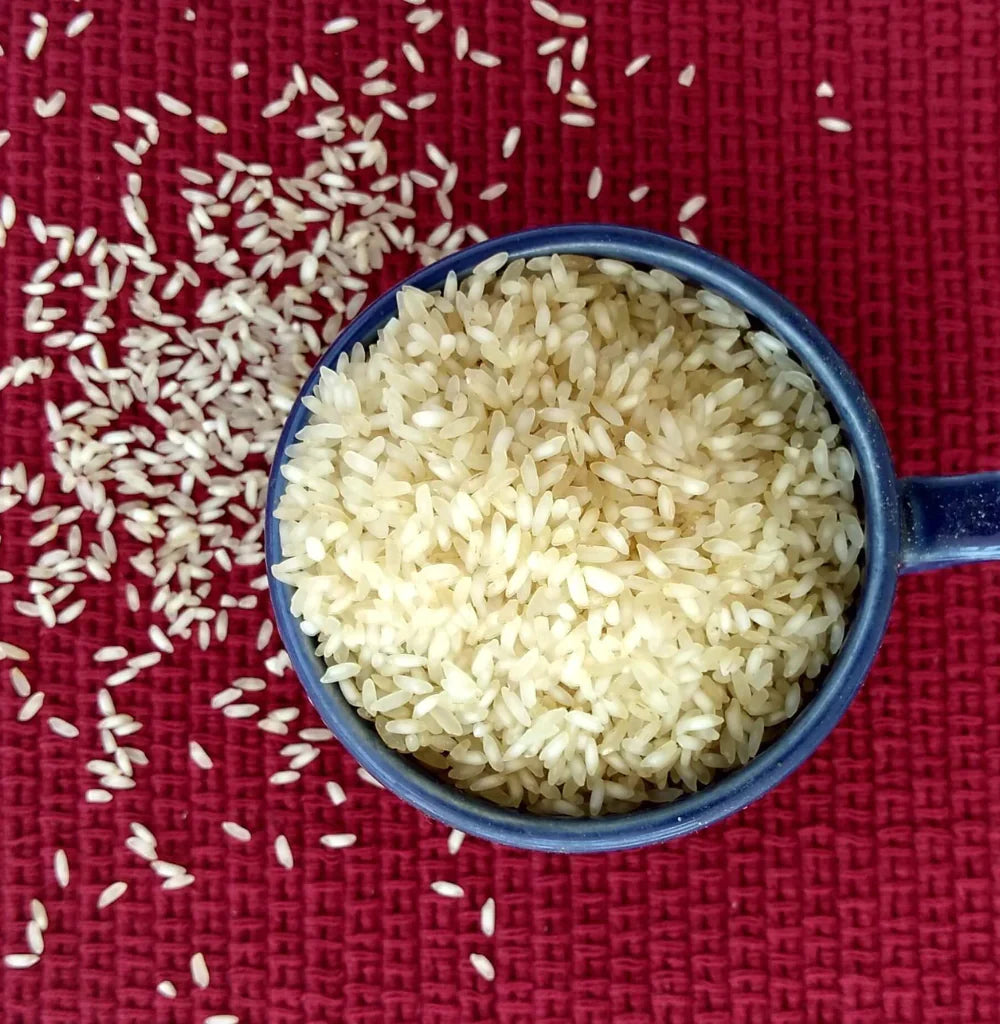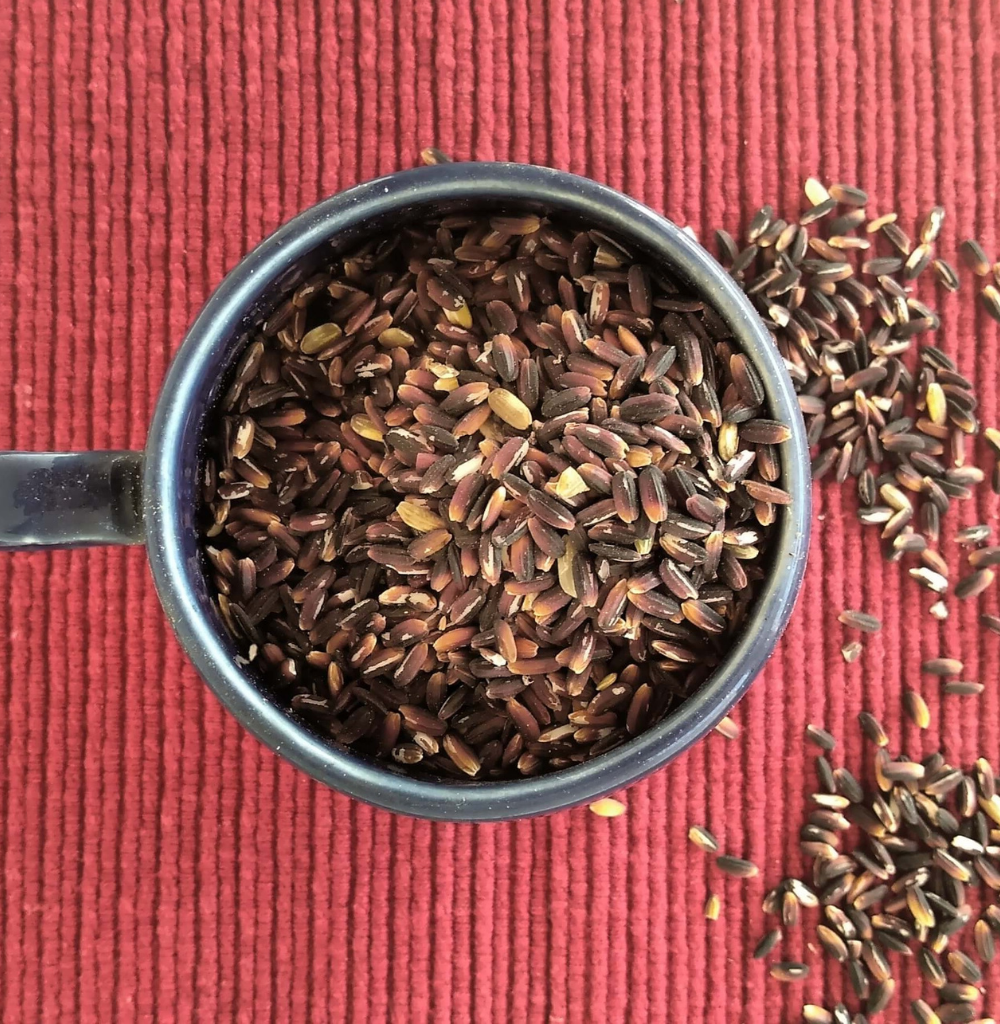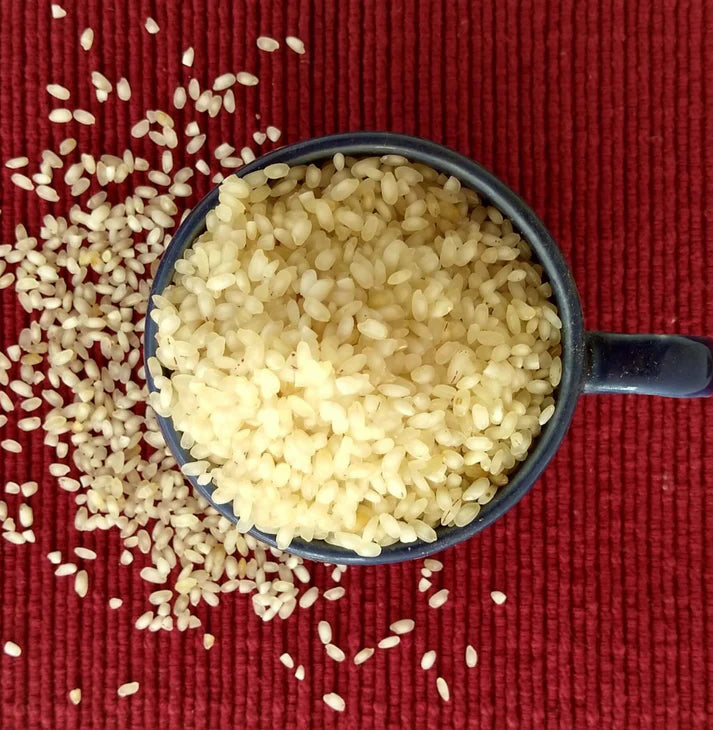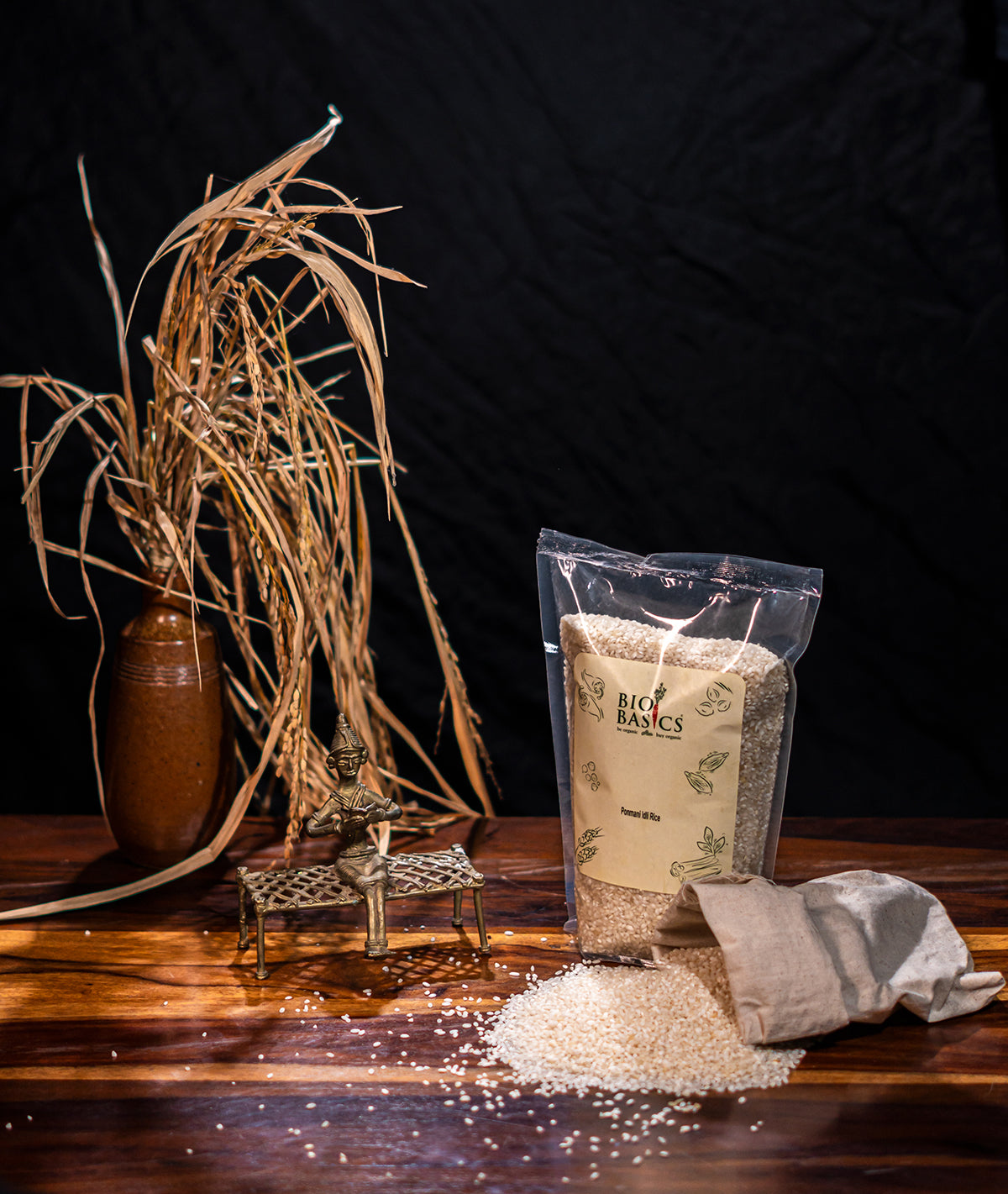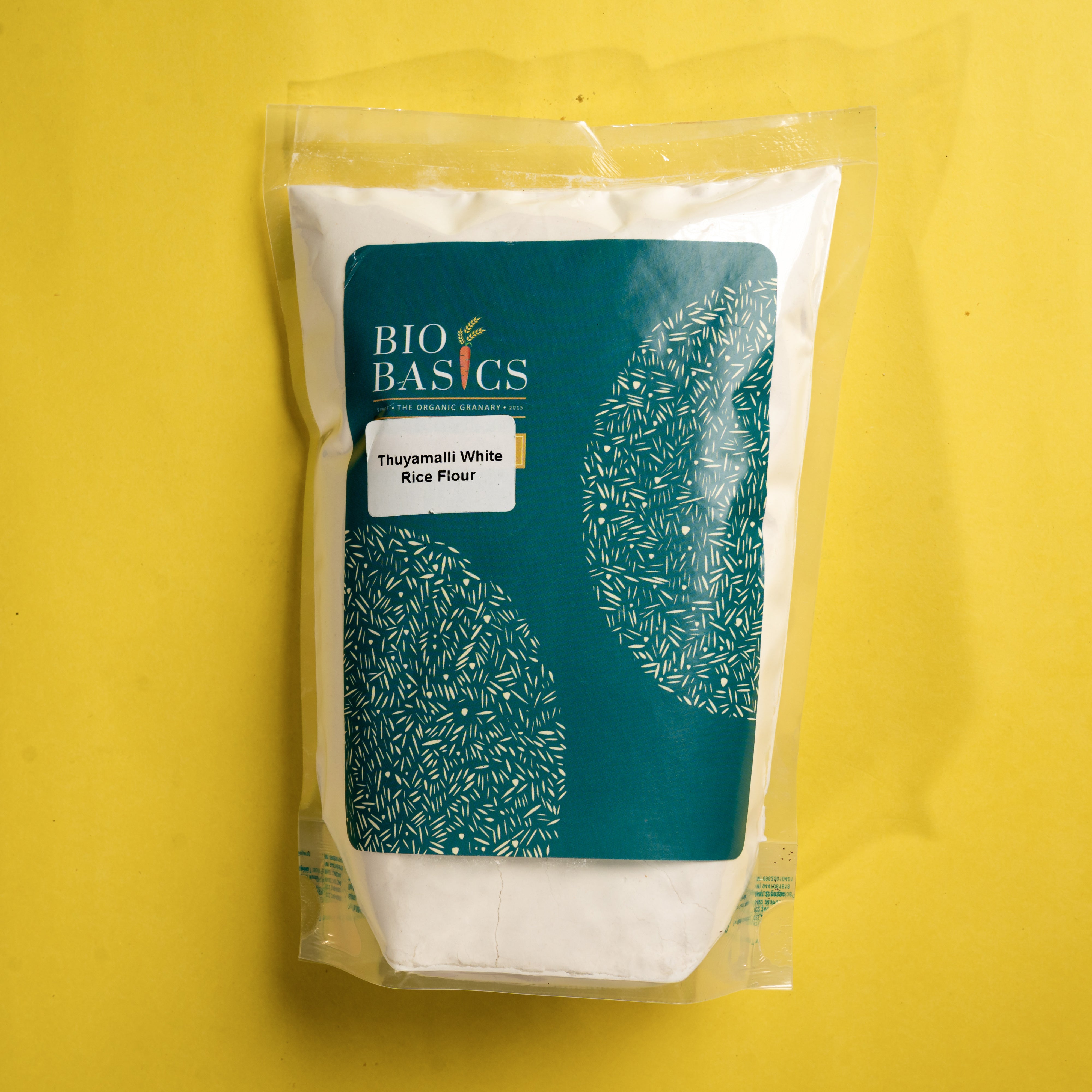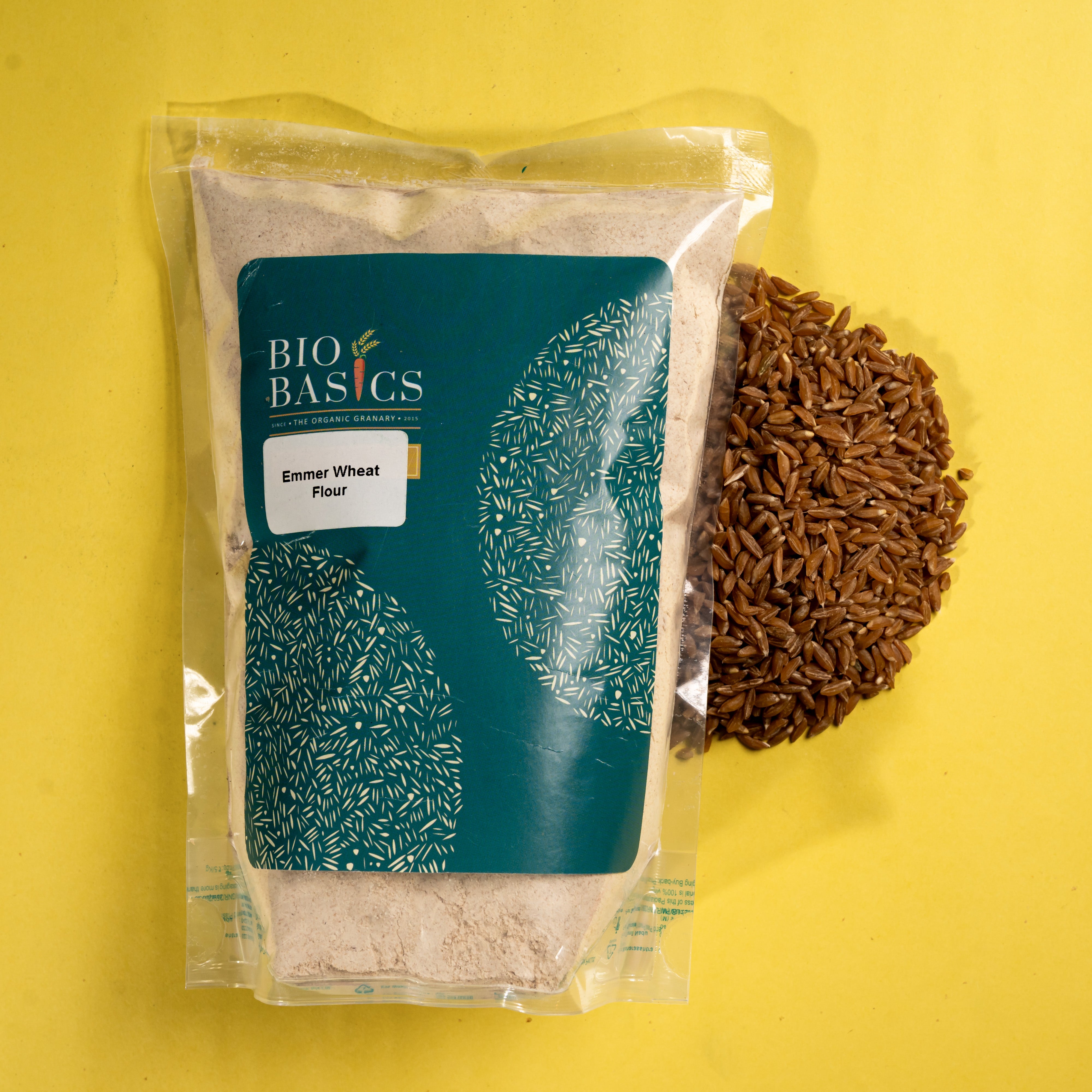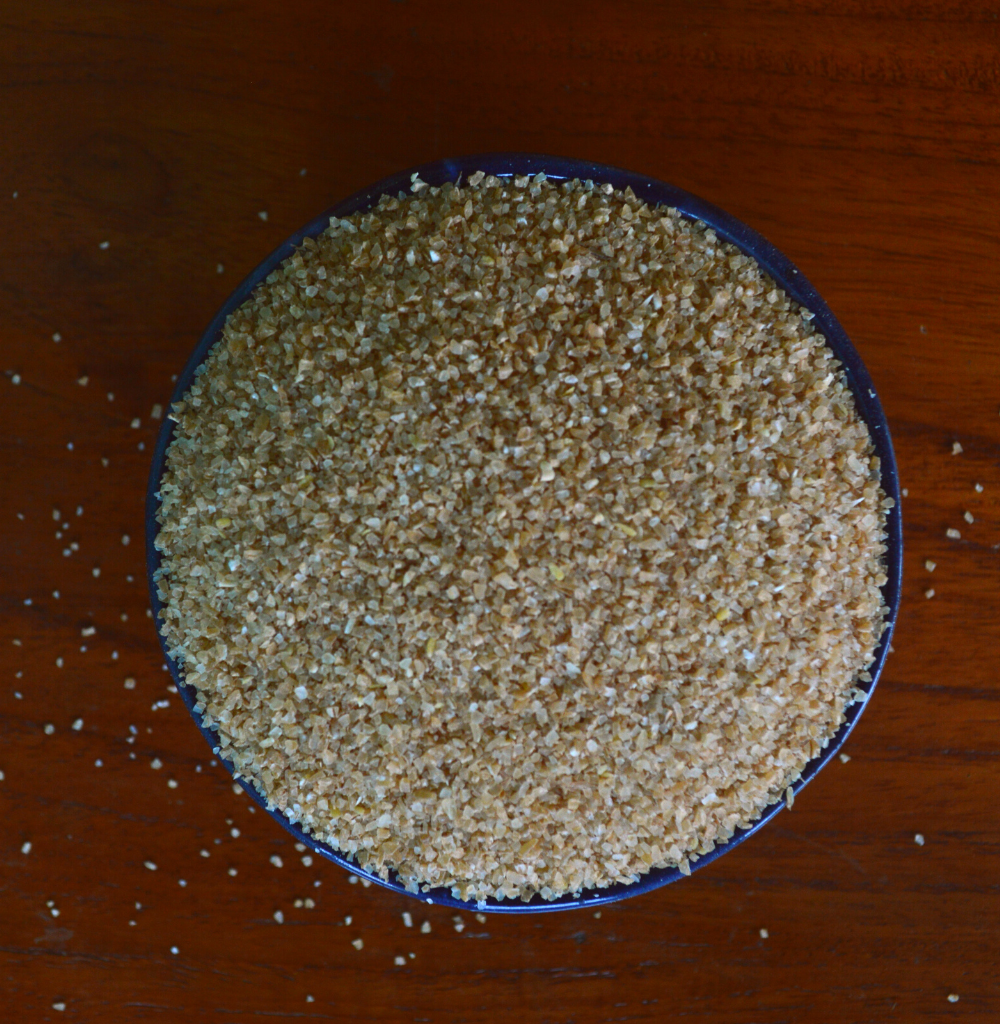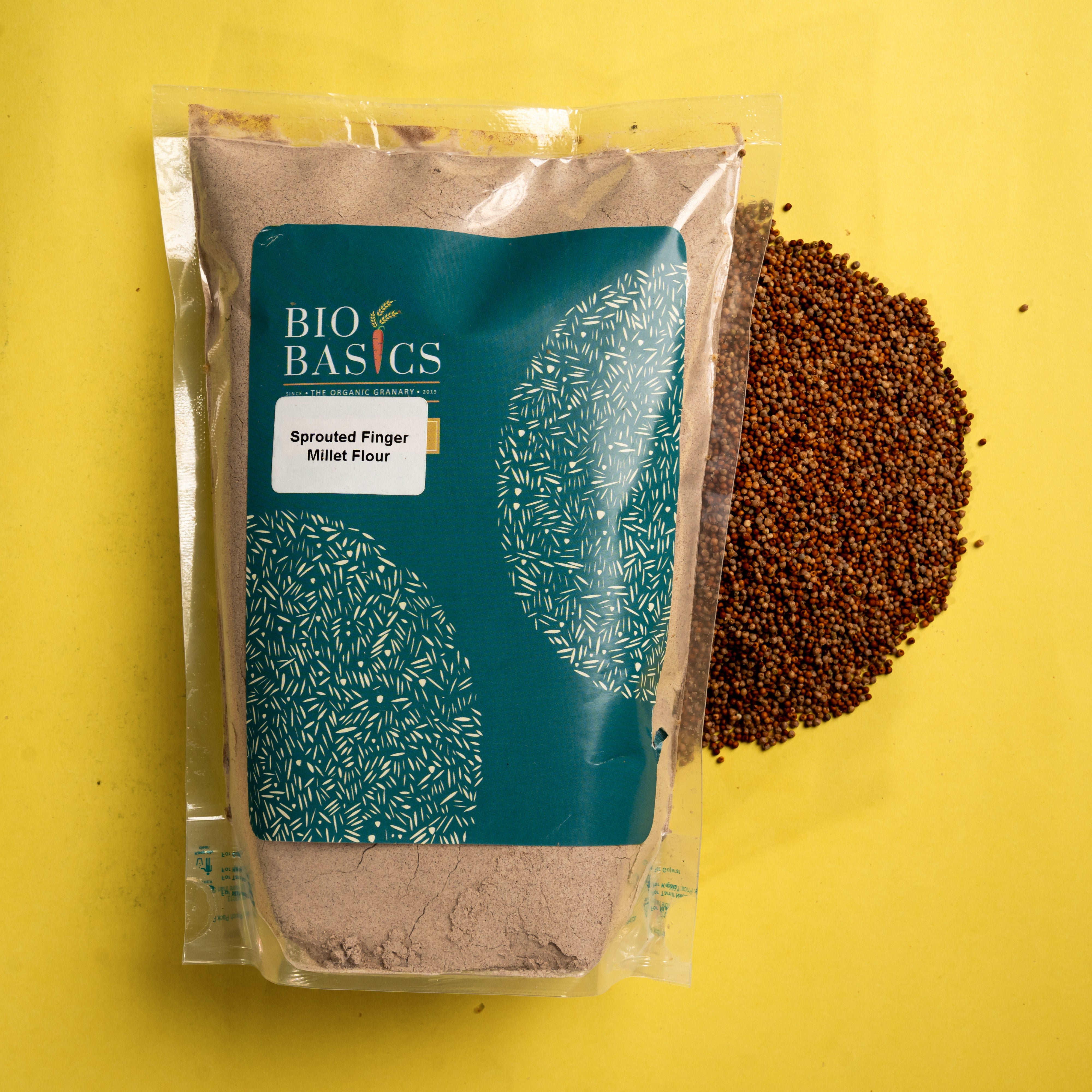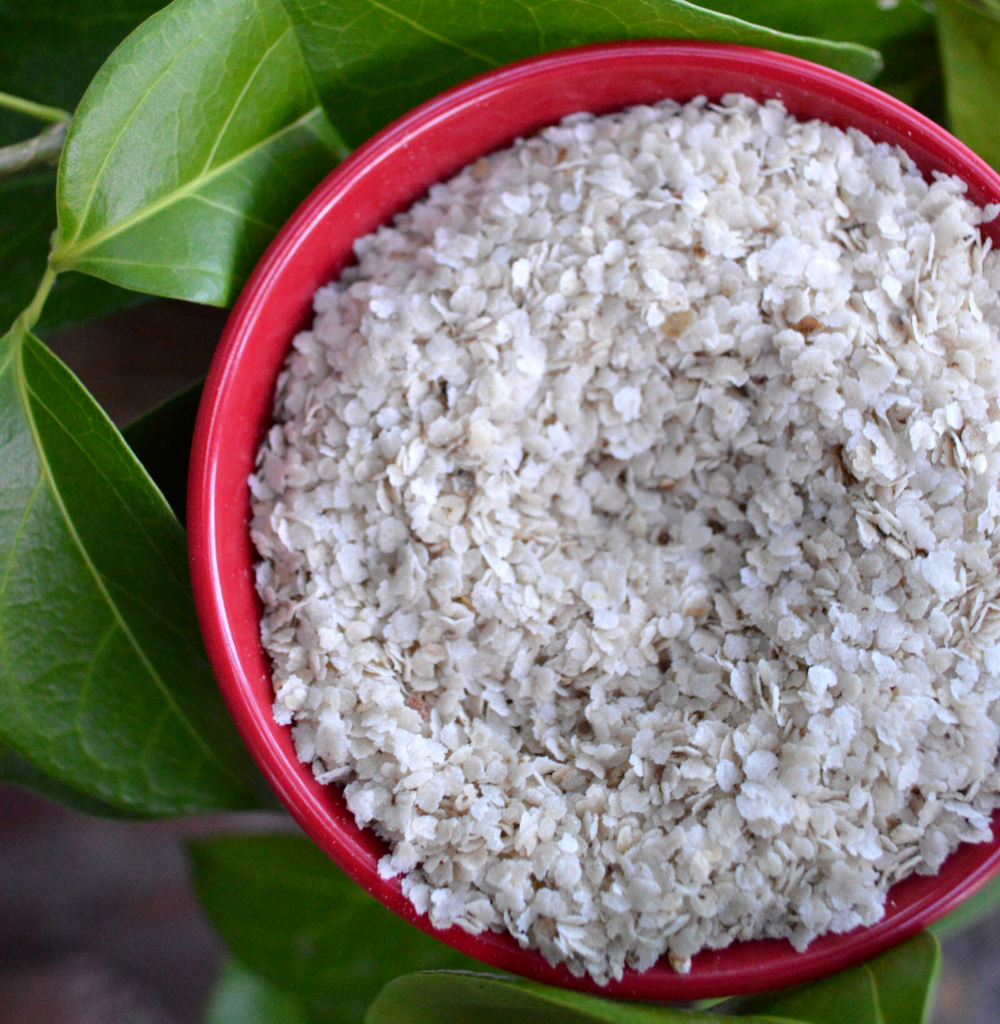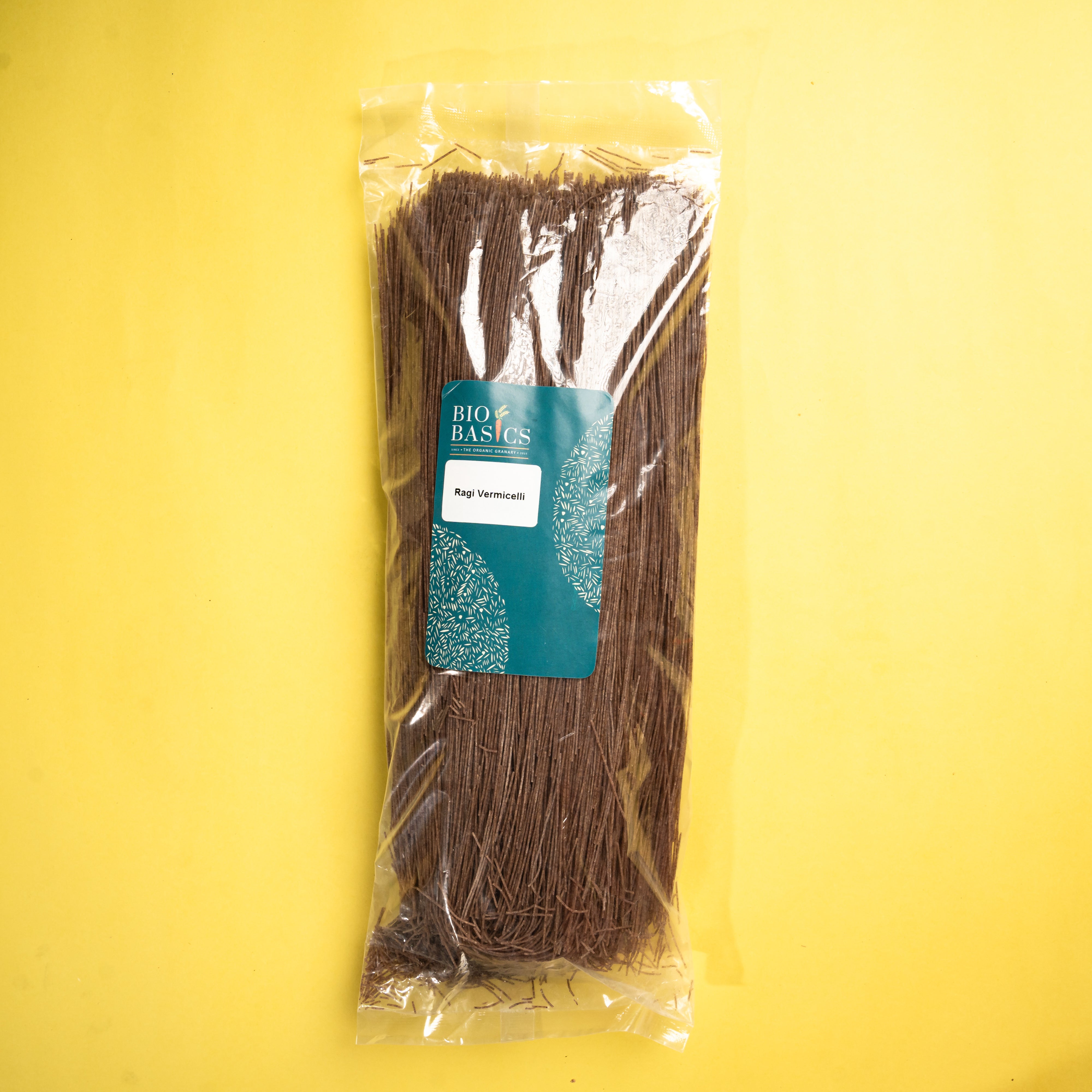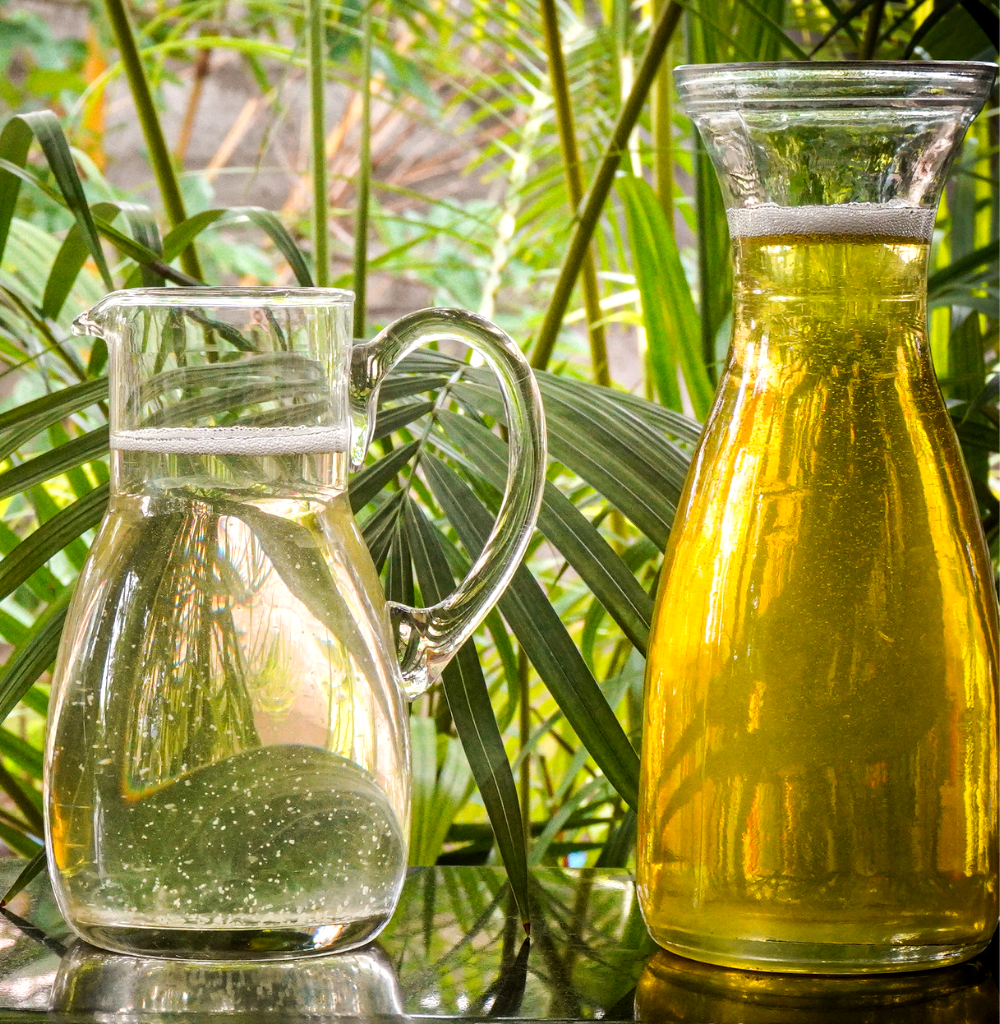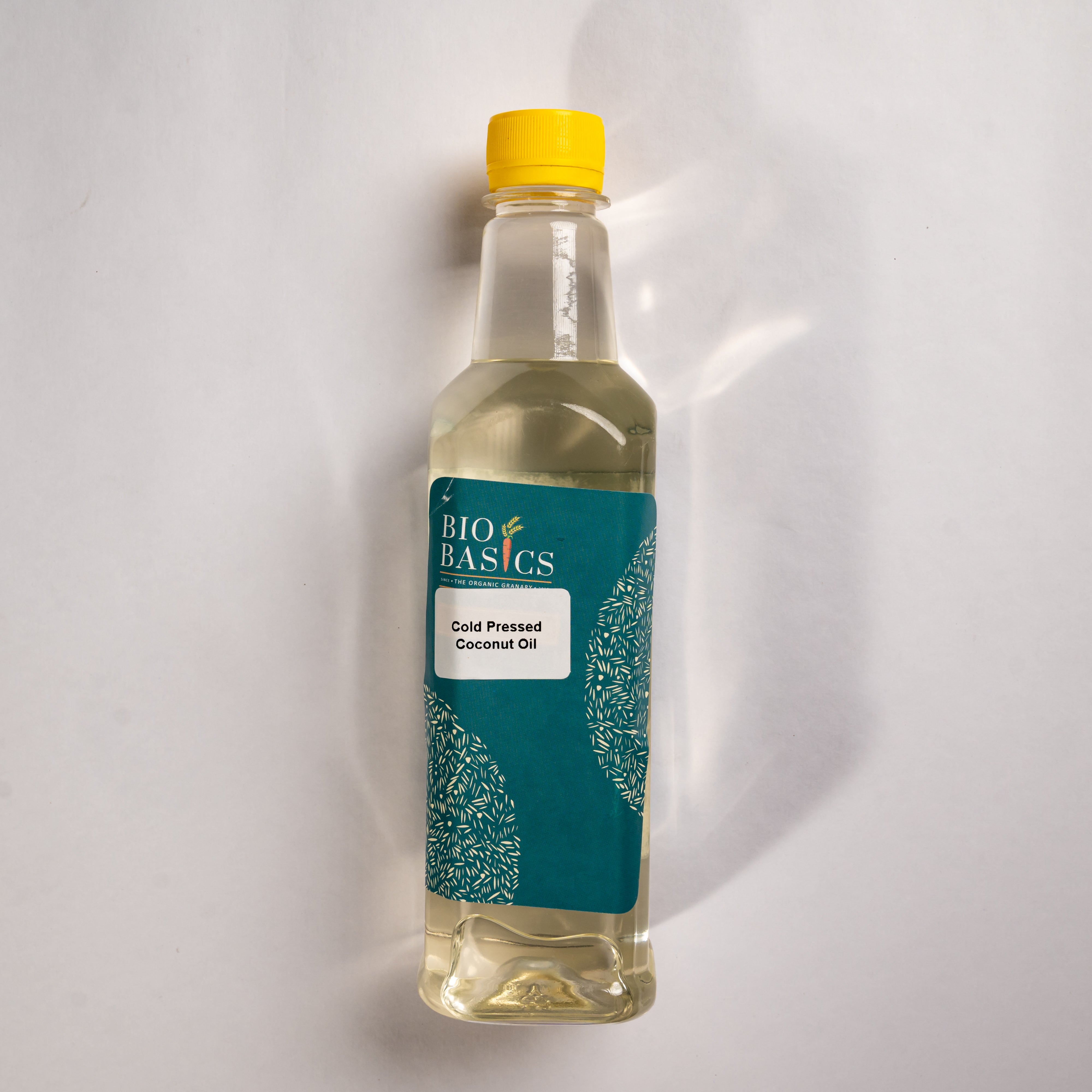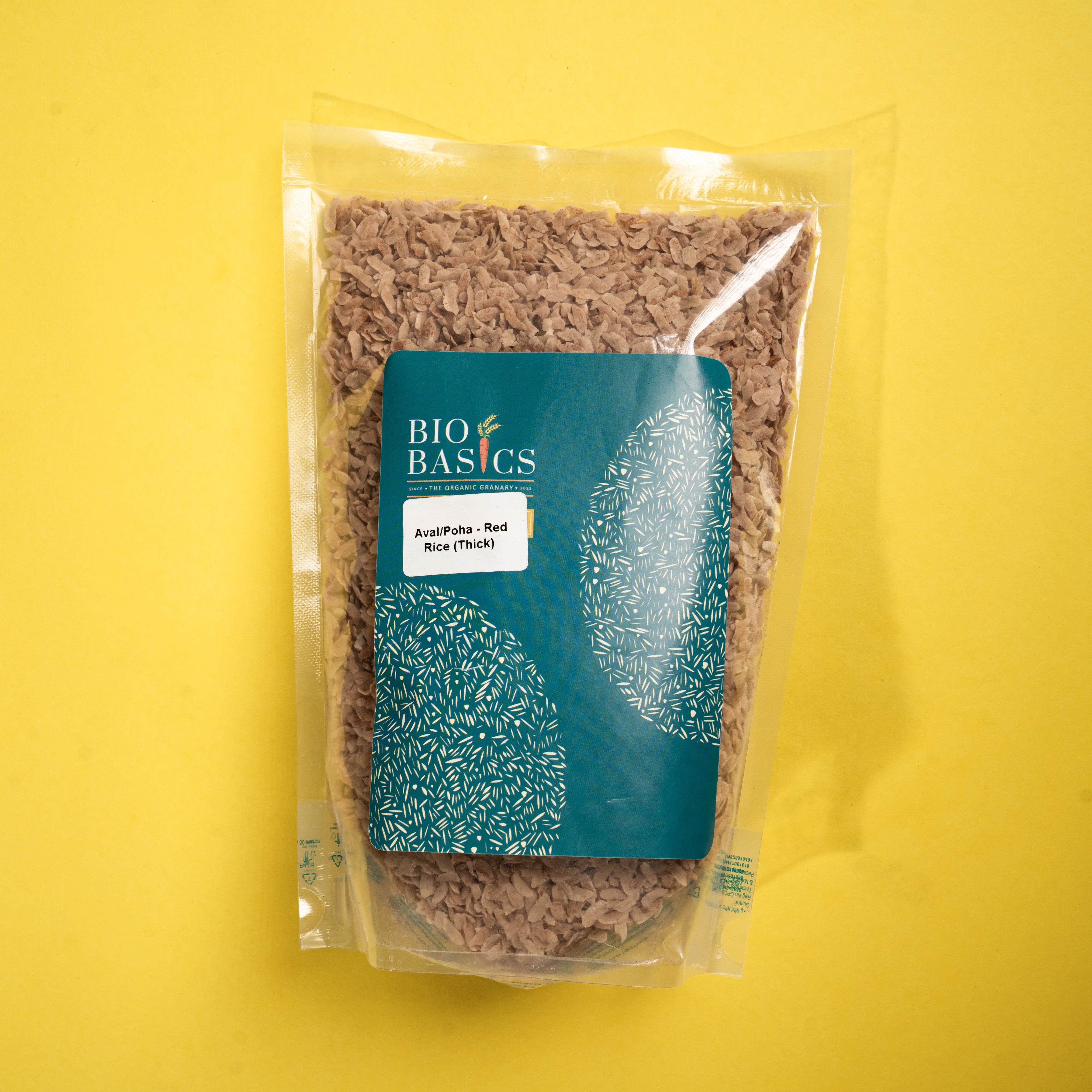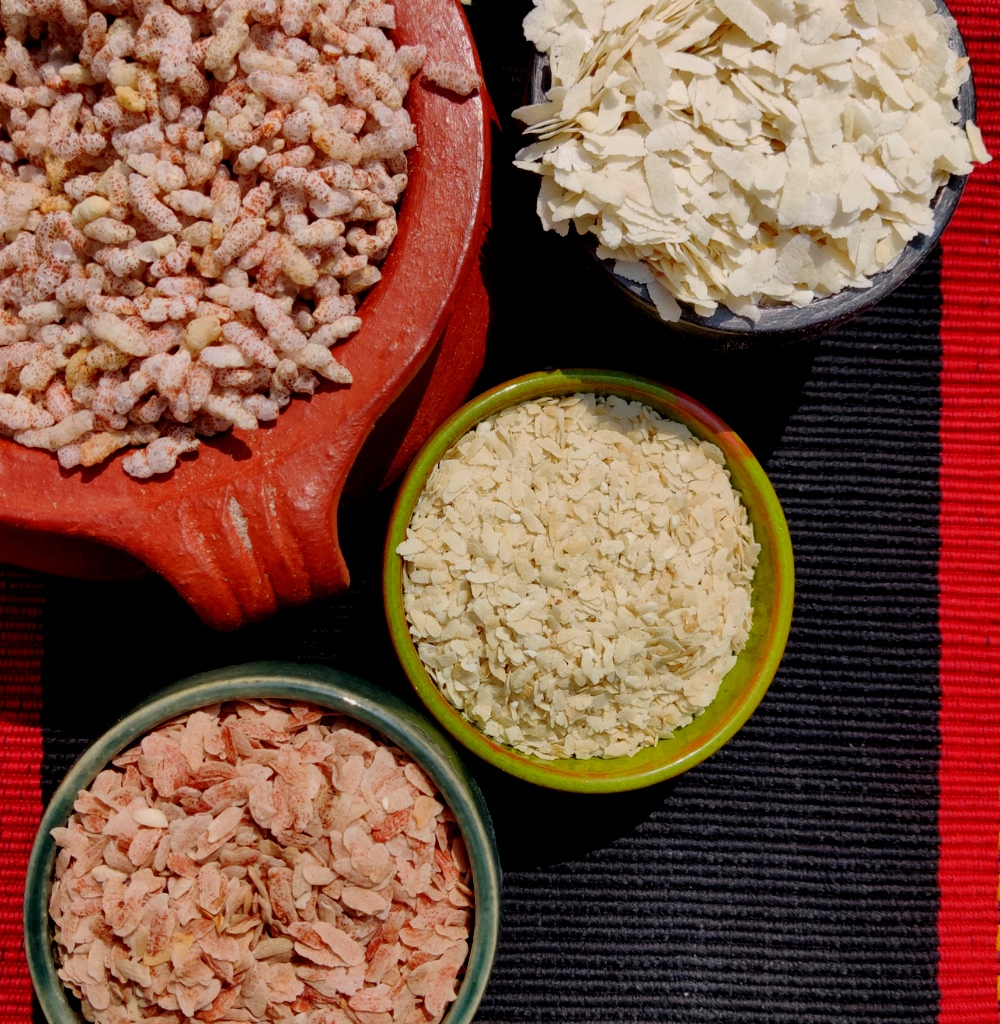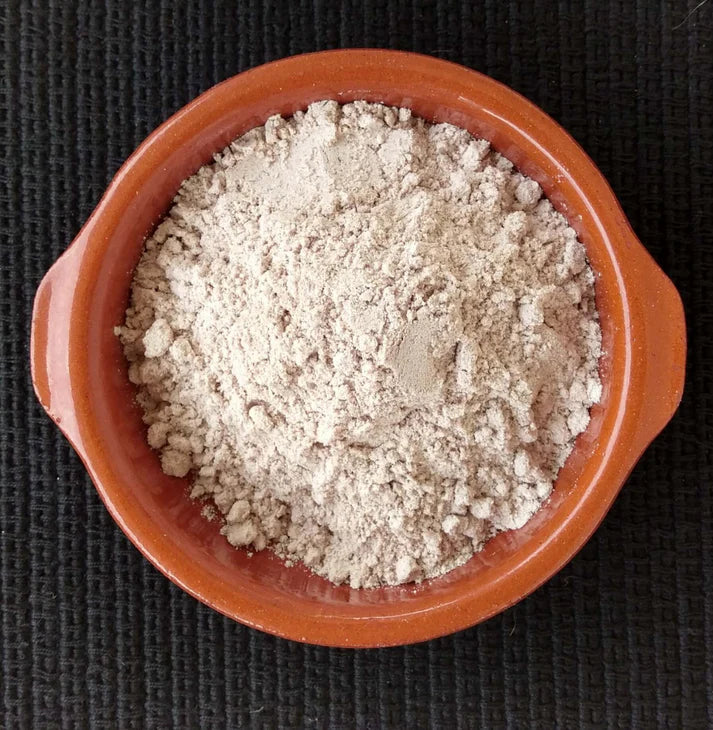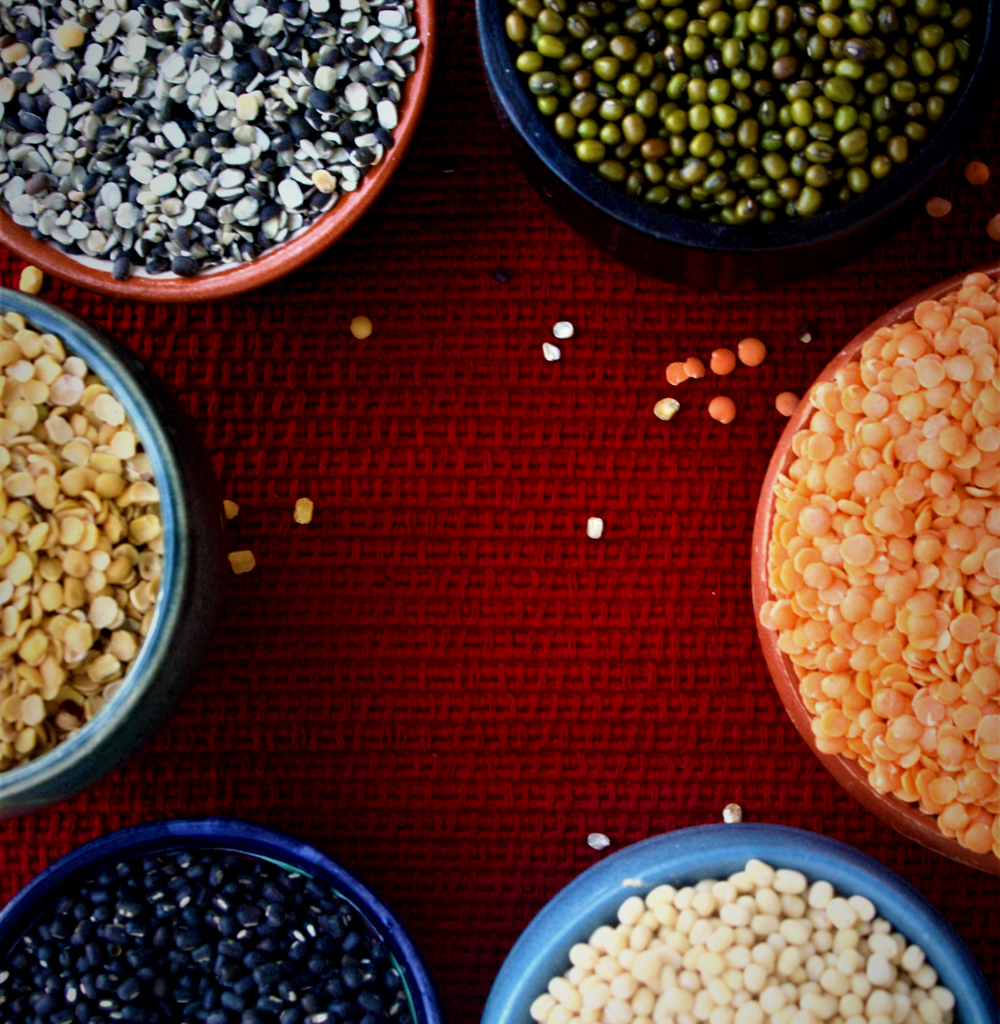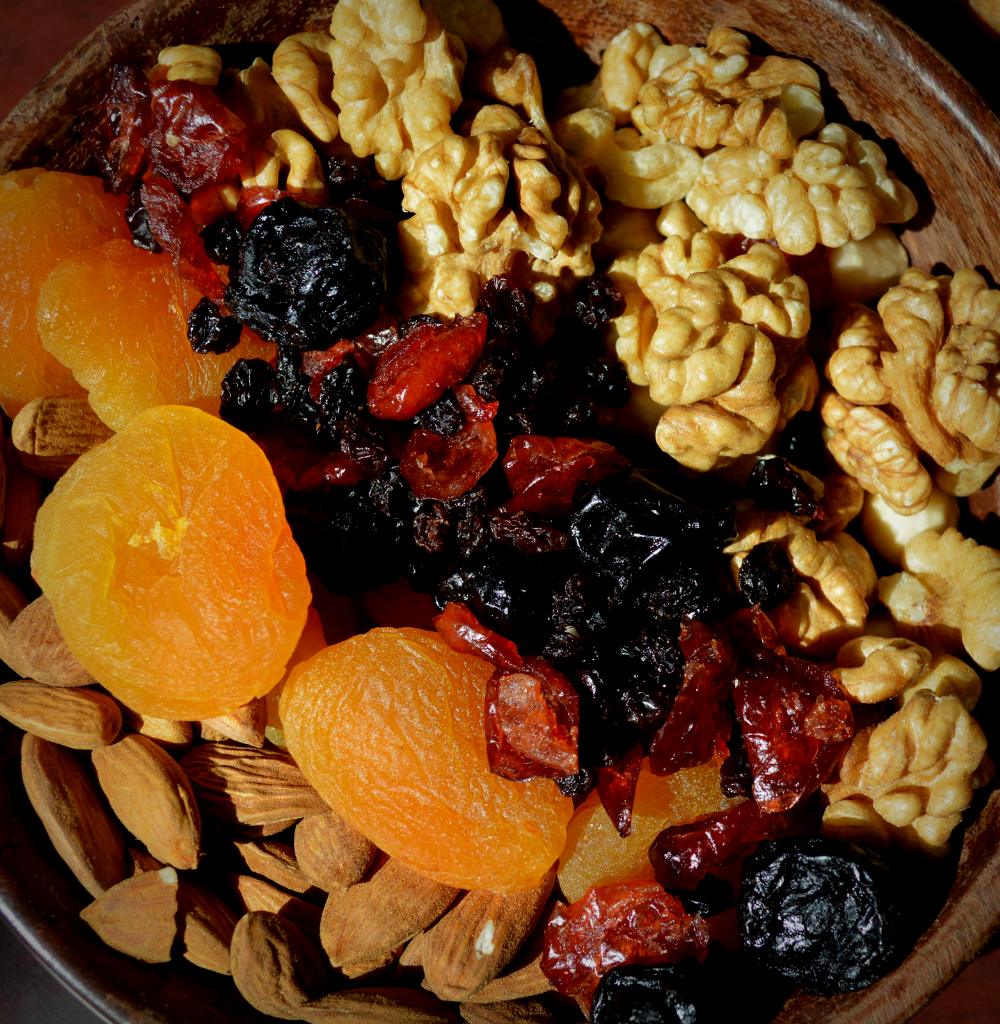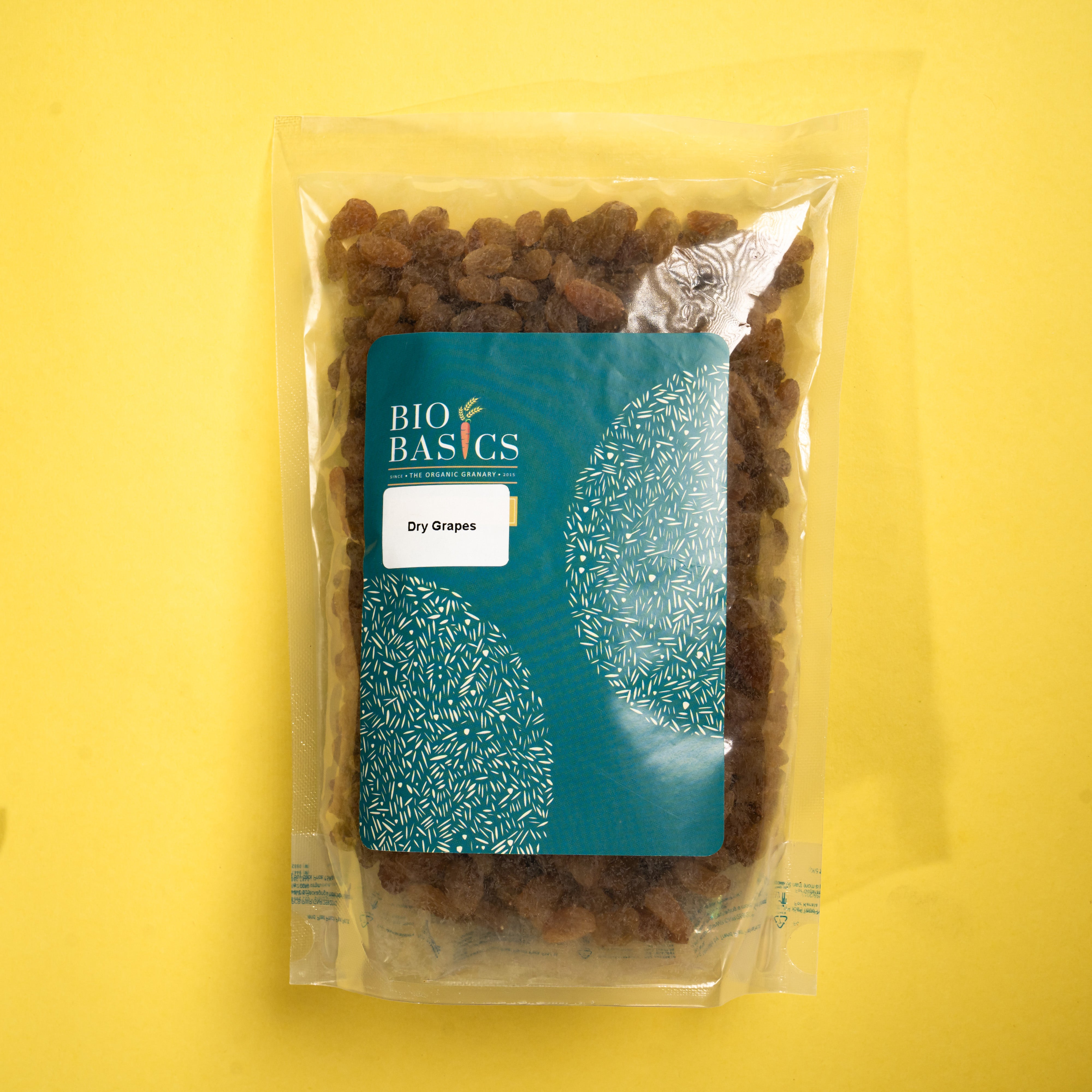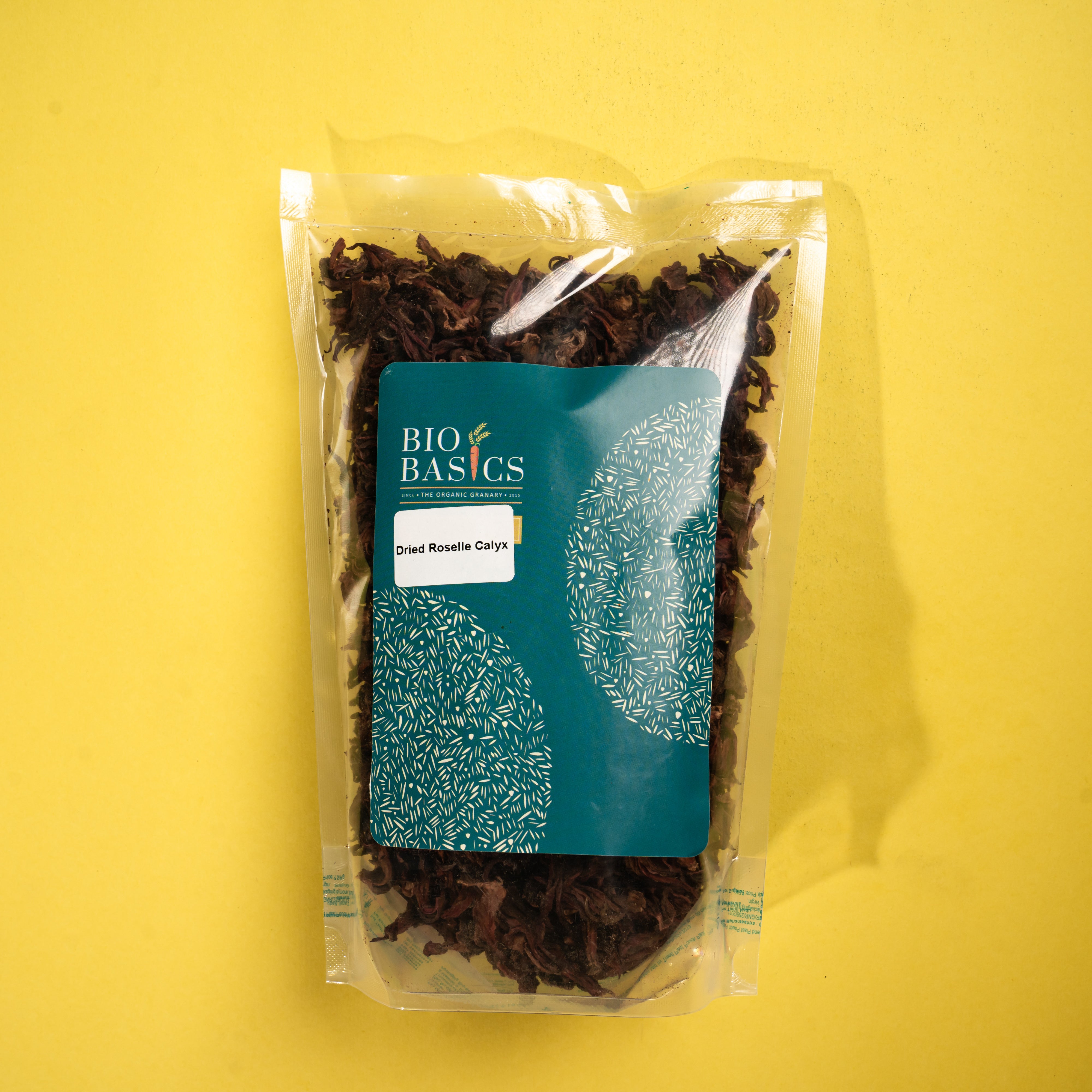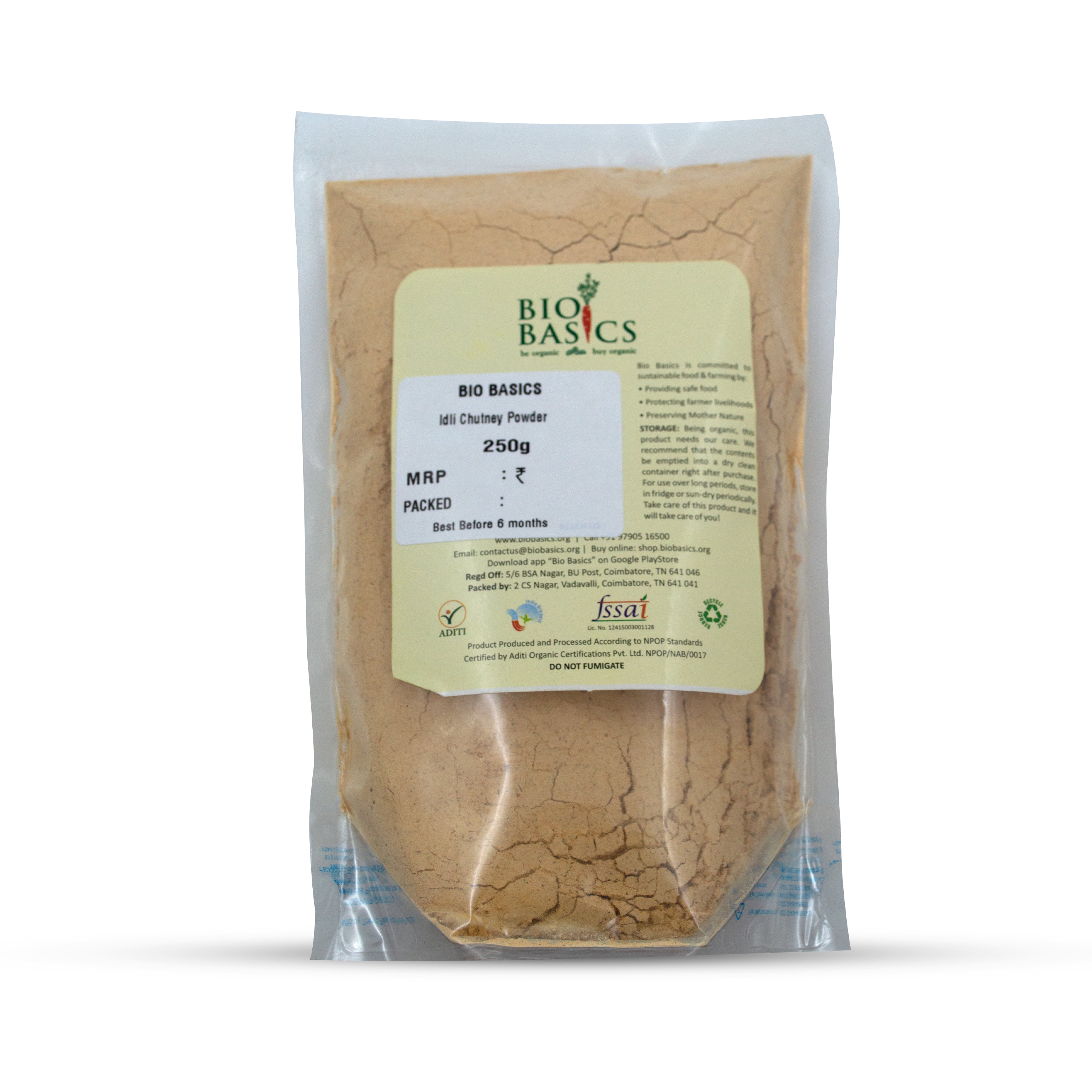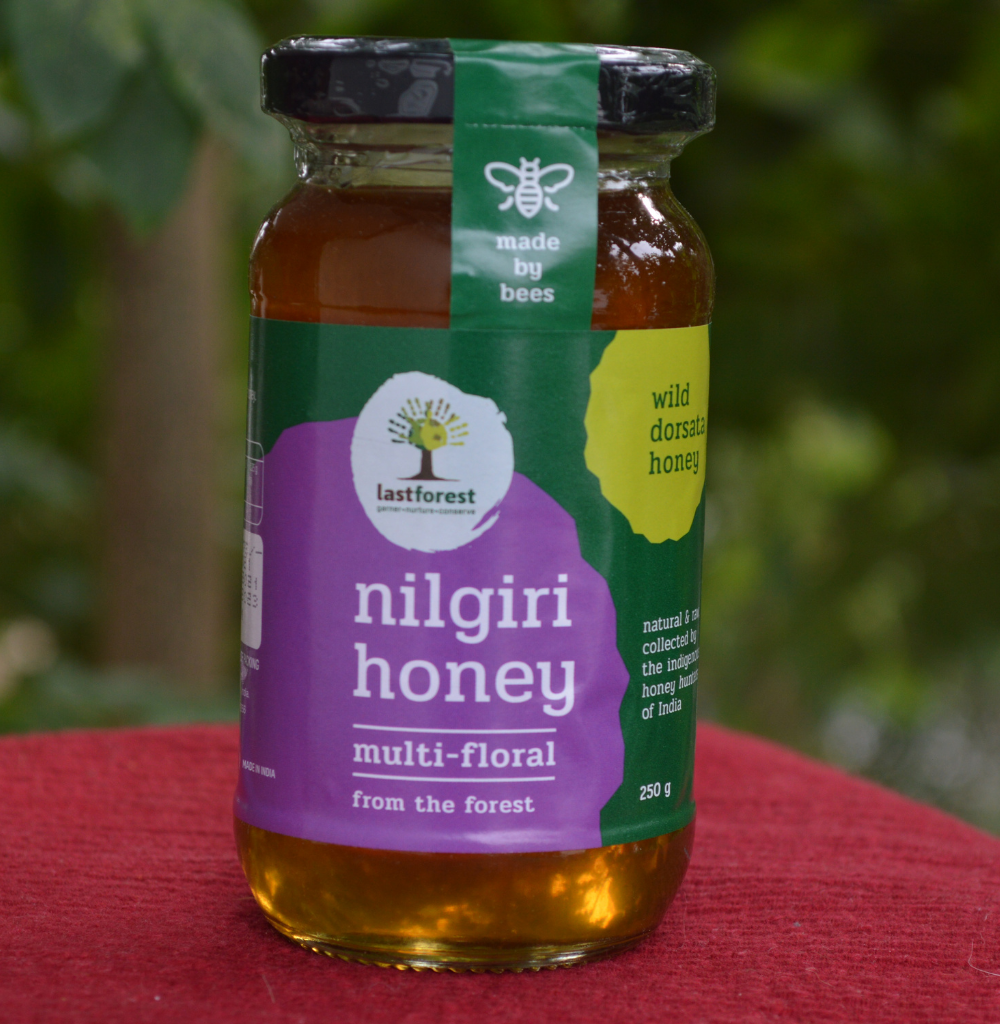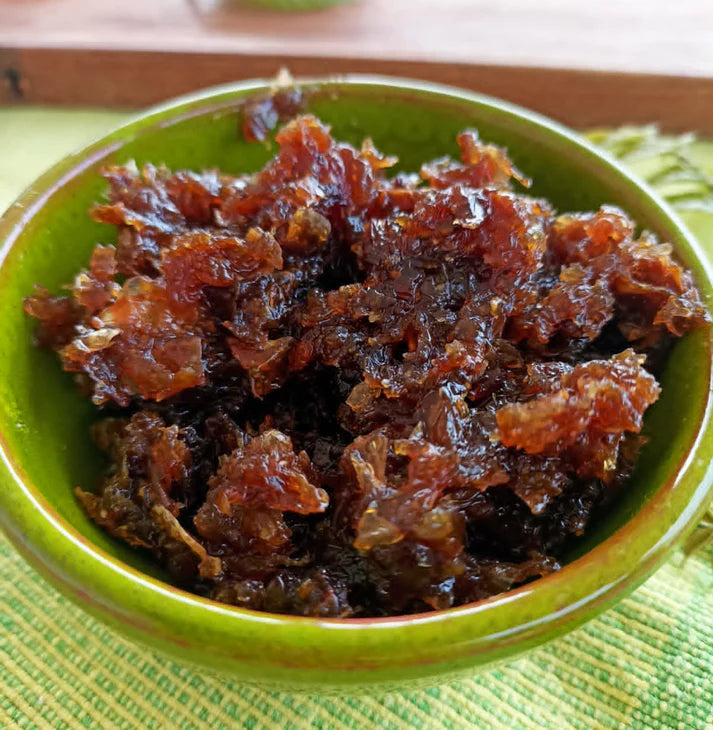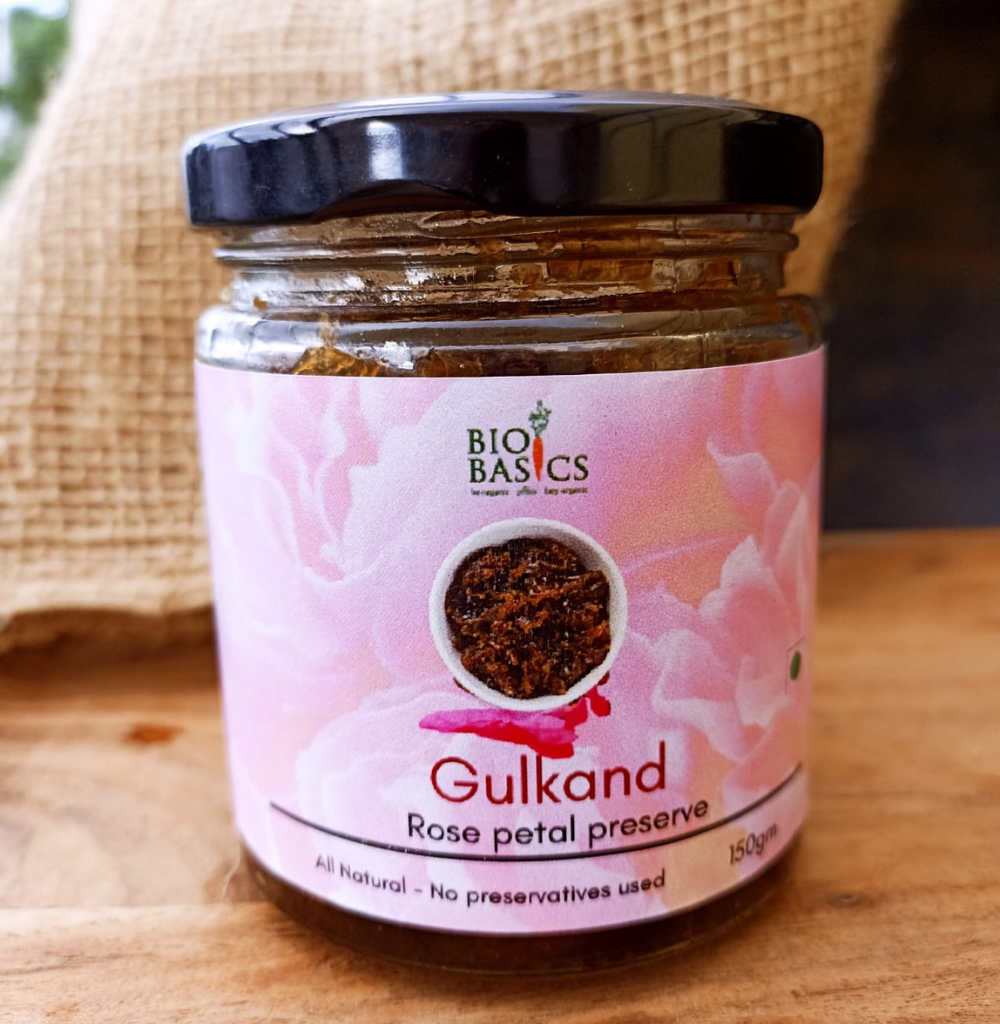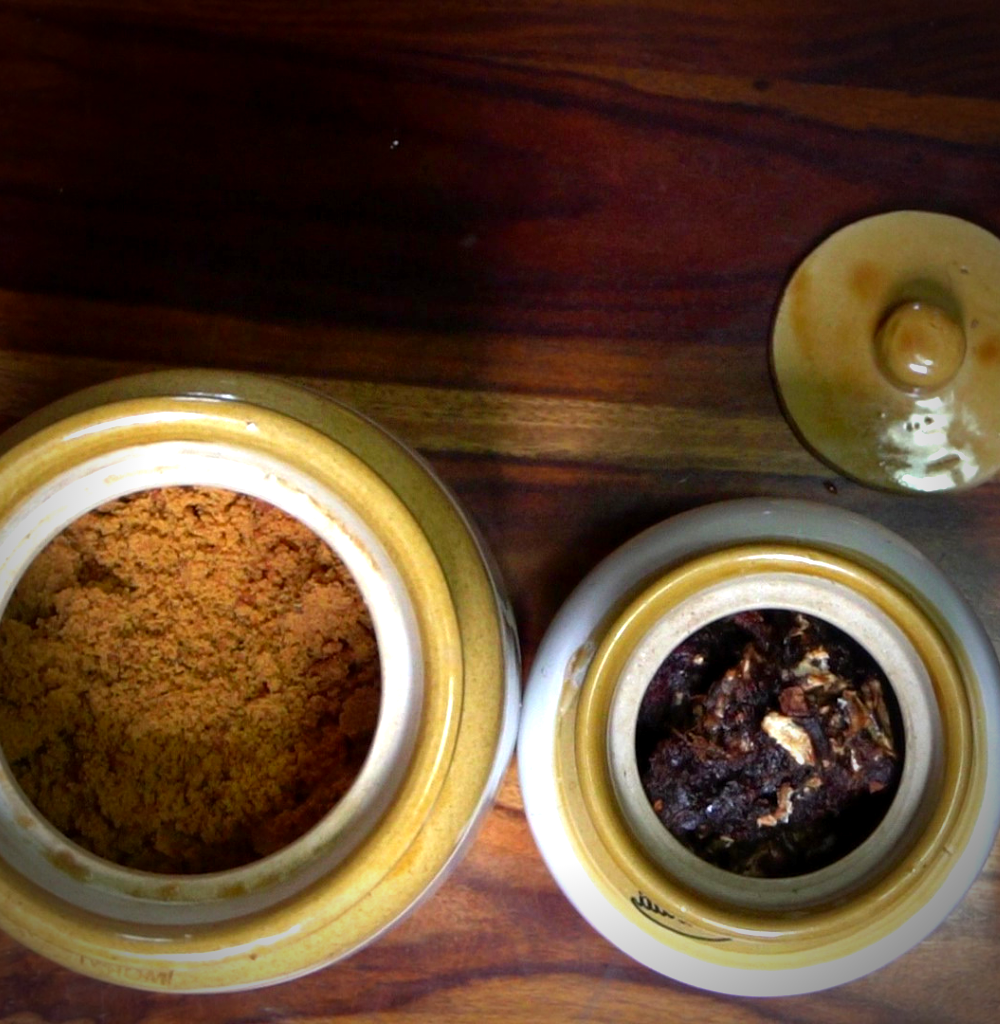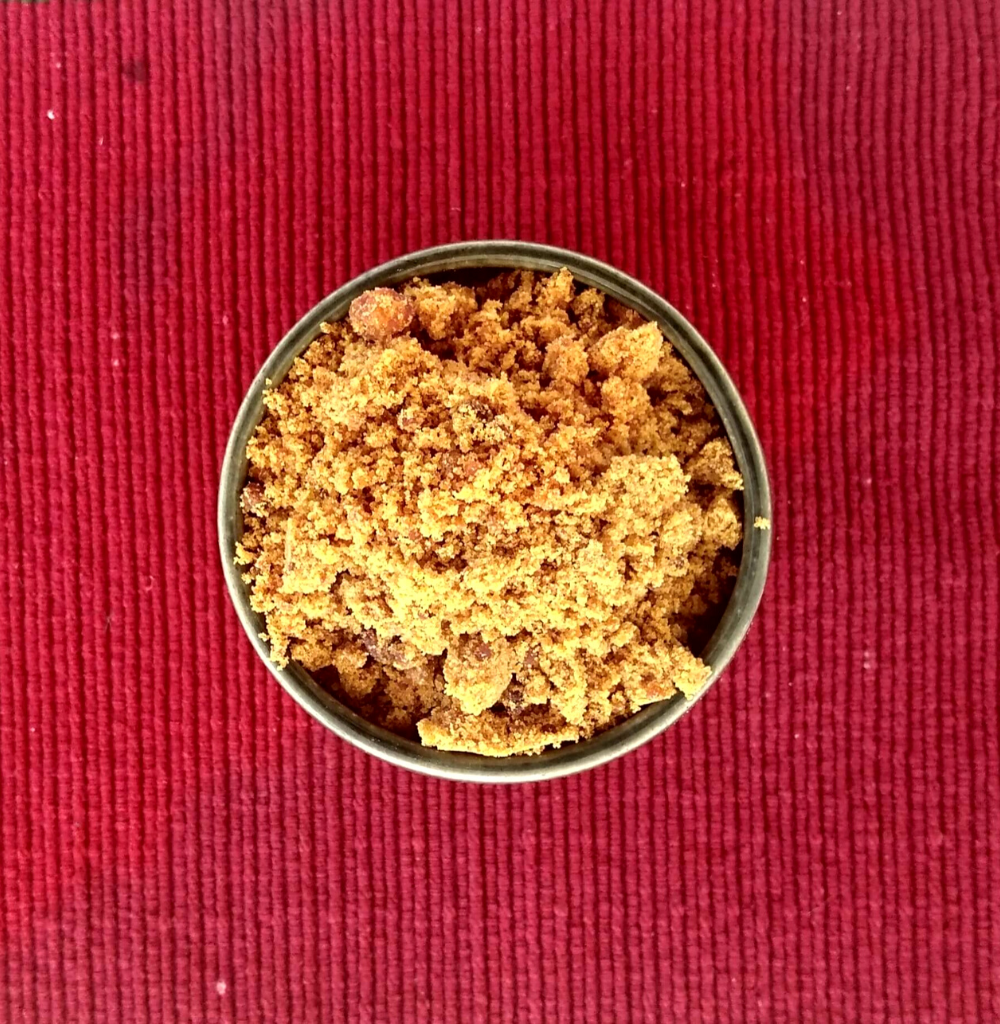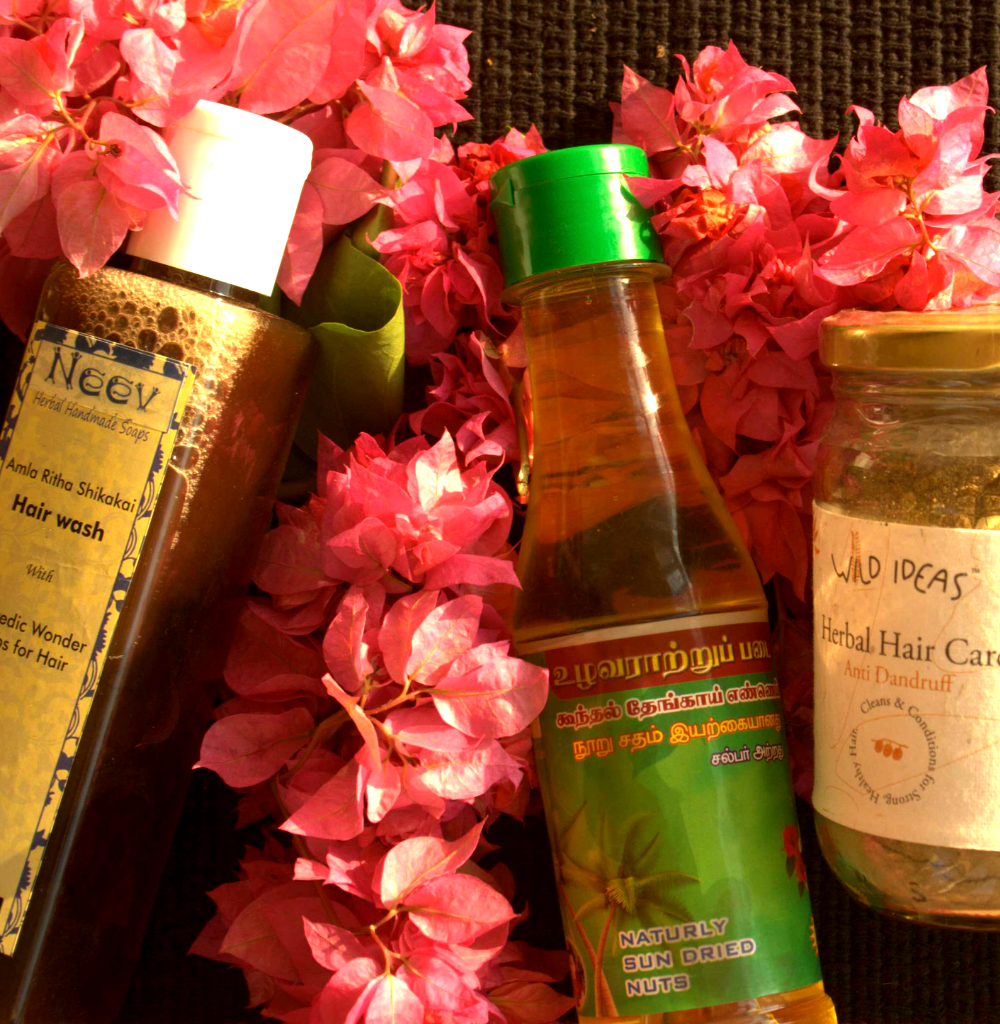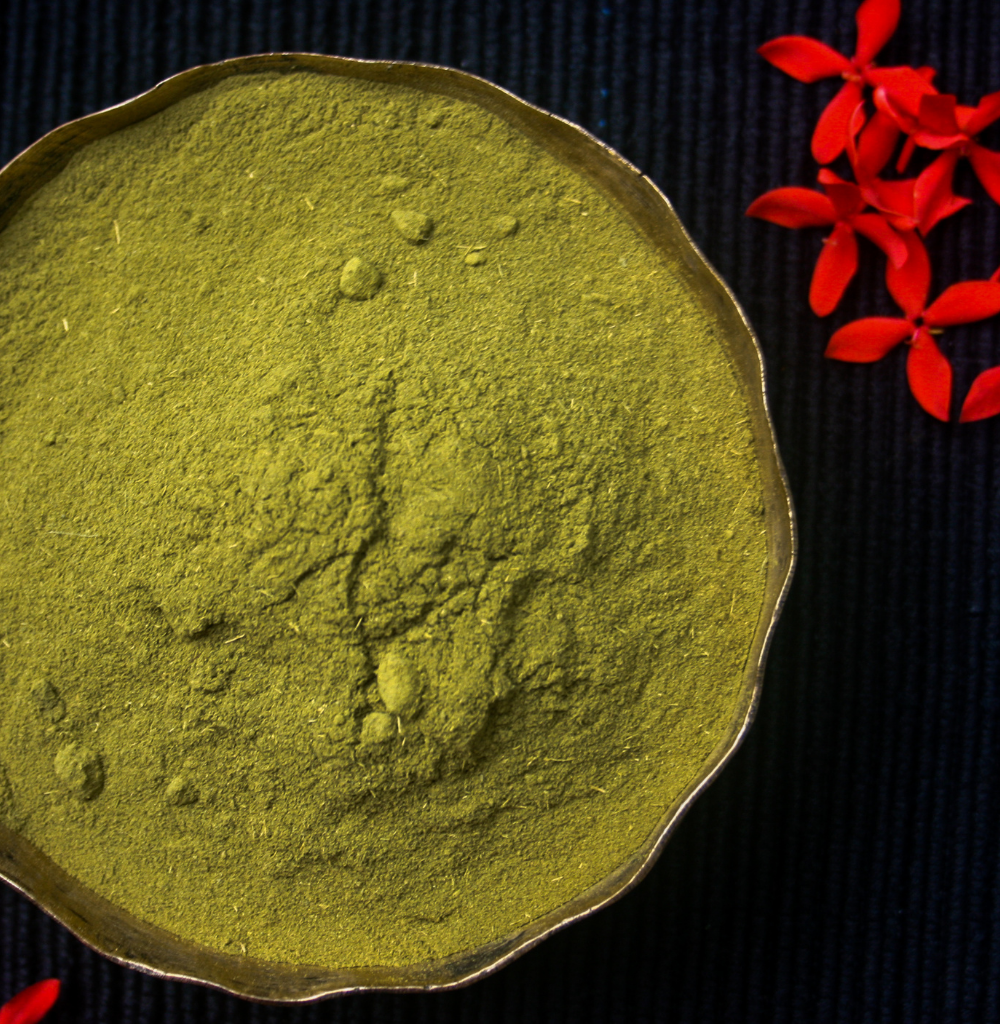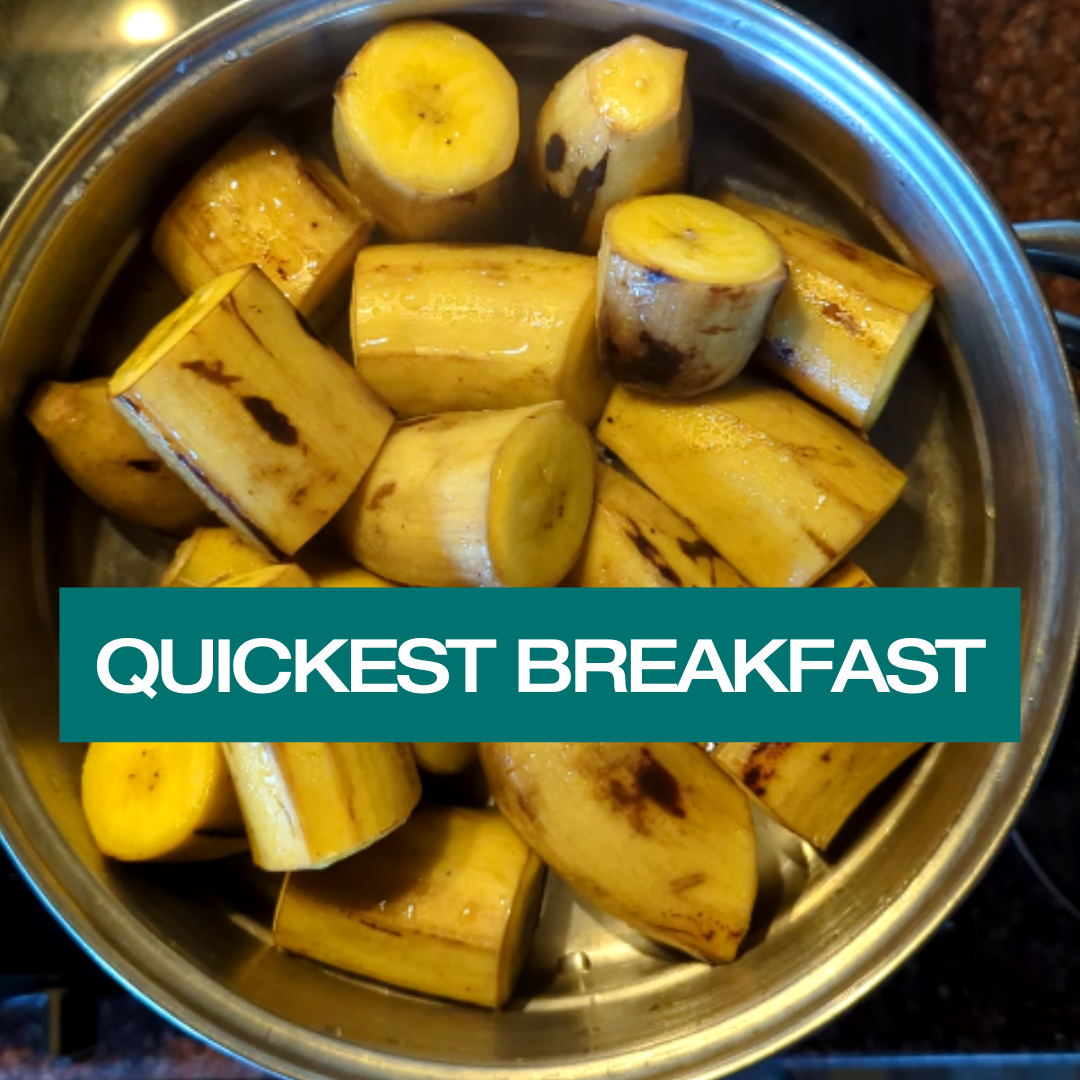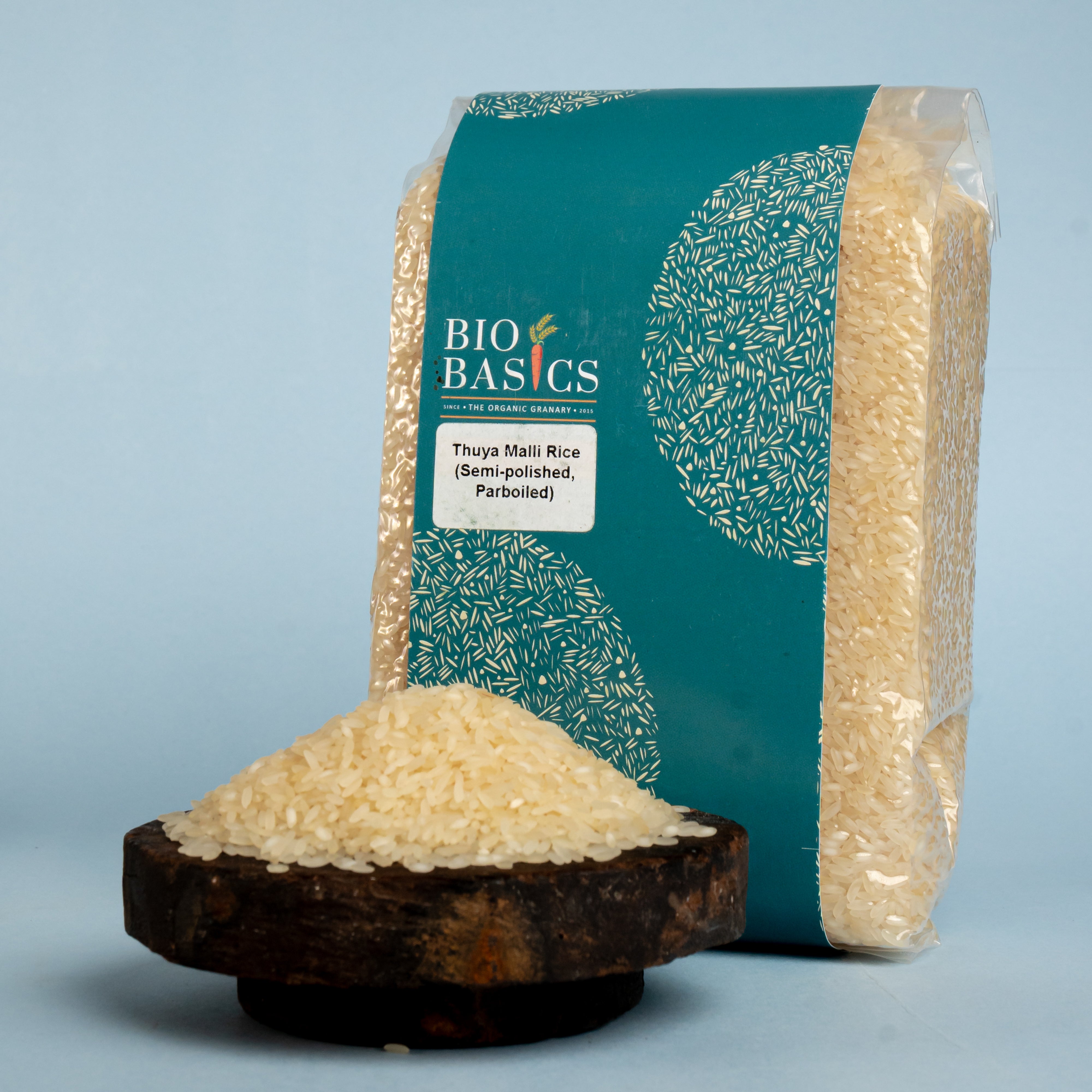
Our hearts go out to all those whose suffering we can barely imagine.
We will see in the coming weeks experts explaining what actually happened, and what were the possible causes for such a calamity.

But here is a POV not supported by any peer-reviewed study of the calamity. Simple explanation for all of us commoners with common sense that we can understand and relate to. Simplistic? Perhaps. But here it is:
Wayanad, like other parts of the Western Ghats, has been known to be one of the sensitive ecological zones, among many other such zones across India. We have known this for decades a la Madhav Gadgil report of 2011. The balance between the land, the rivers, the people, the animals, and the forests is a fine balance. This balance allows human habitation, but only with respect for the rest of the ecology. Because we humans are PART of the ecology.

So what do these sensitive zones mean for us? Tread with care. We are walking on thin ice.
Blame it on the pressures of economics or politics, or both, for many decades, we have allowed citizens, companies, & governments to ignore such warnings. Warnings from Nature herself, articulated through scientists and Nature-lovers alike.
And let us not blame only others. Each one of us in our milieu is responsible. We may be ignorant, but definitely not innocent.
As tourists, we have chased locales without consideration for ecology. We love posting selfies with beautiful mountains behind us. But behind each of those selfies is an entire infrastructure of hospitality (resorts for the rich, hotels for the middle class, and inns for the others), each stressing the ecology by construction, drawing water, providing electricity, and laying comfortable roads for access.

As consumers, we have chased all kinds of modcons wrapped in high technology that demands excessive mining for metals and minerals, including the hand-held you are reading this on.
As homeowners, we chase the aesthetic and the expensive. Buildings that are art in and of itself. Not just dwellings to keep us away from the elements. Not just one to live out one’s life, but second and third homes to enjoy a few days of vacation from the hectic lives of the cities.
So let us not point fingers. In this case, most of them will point back at us.
Not that there were no benefits in this deal. Sure, there was employment for thousands, a lot of wealth created, a boost to the economy, leading to benefits for many more. Each of us have enjoyed the fruits of such “development”.
So in the debate between ecology and economy, where should we stand? That is a tough one, and we need to strike a balance.

But such Wayanad lessons tell us we are erring more on the side of the economy, and there must be a correction towards ecology. Not just in policy. But in our mindsets. Overnight.
Not surprisingly, that is the debate on our food system as well. Cheap versus safe. Convenient versus deliberate. Mindless versus Conscious. Chemical versus Organic. Refined versus Whole.
Both debates are driven by public policy and personal choices.
Each of us has to make our own choices. That is the least we can do.
As consumers, we can consume less, and consume consciously.
Or wait until a Wayanad hits closer home.


